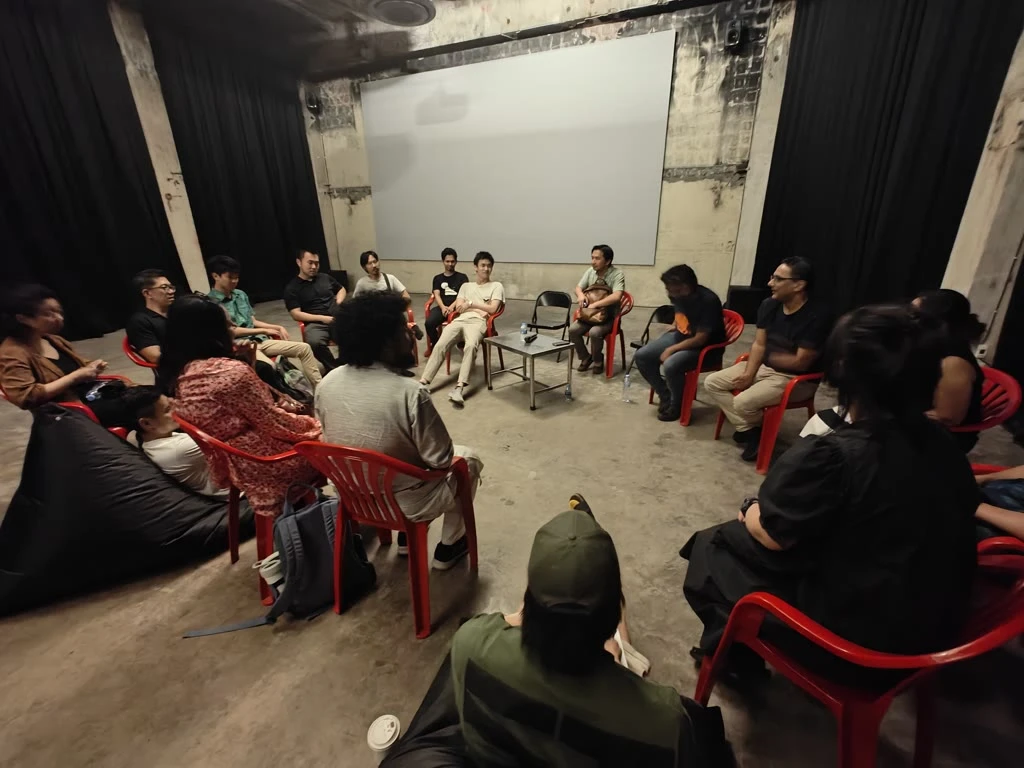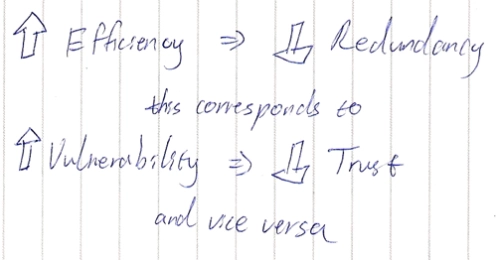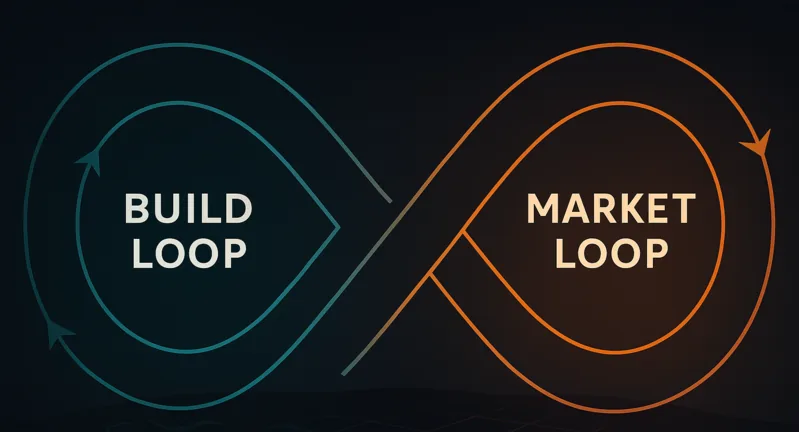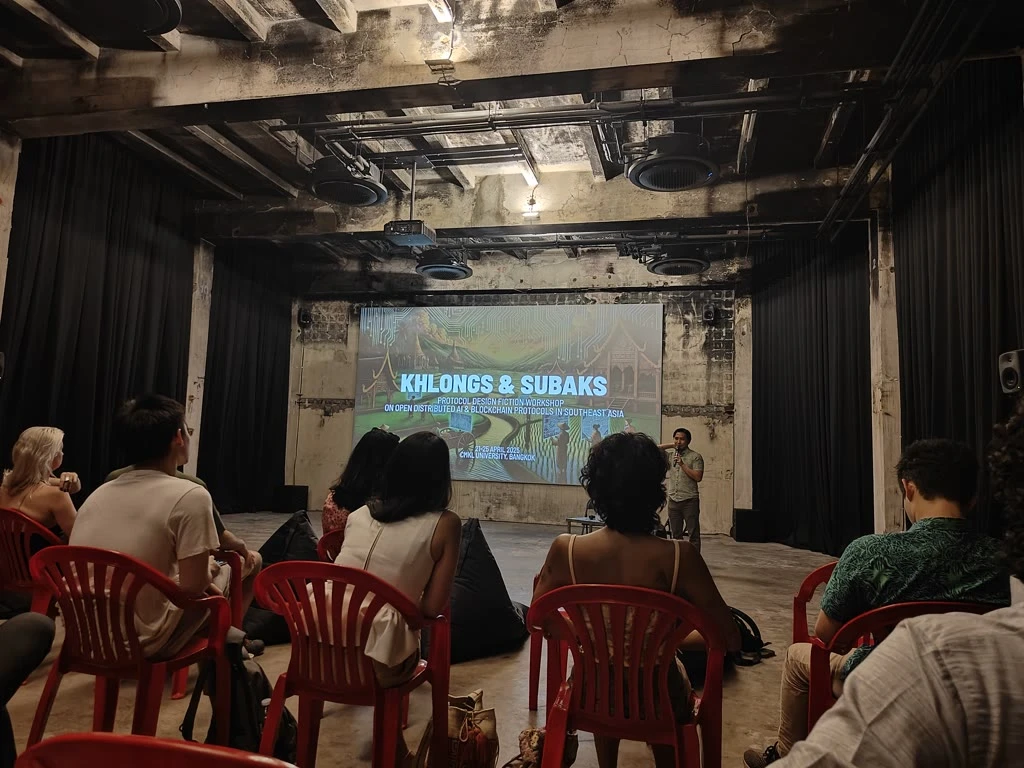
Strange Attractors and Systems Thinking in Southeast Asia
There are few moments in one's life that reveal a step-inflection in one's goals, purpose, telos, actions, even your sense of history. Often these moments start in strange ways, strange places, and through strange people: "strange attractors" if you will. It's never immediately clear what impact they'll have until after reflection, long after the event itself fades from memory.
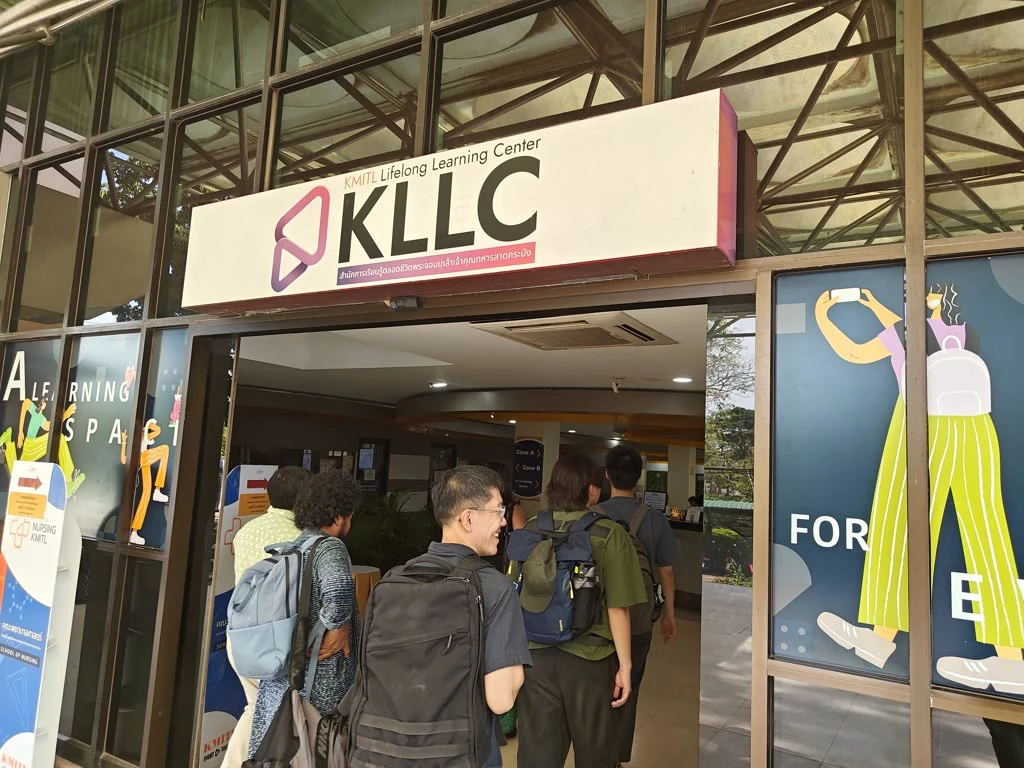
For me, the Khlongs and Subaks workshop in early 2025 was one such strange attractor. Organized in Bangkok by Seapunk Studios alongside the Summer of Protocols (an Ethereum Foundation think tank) and Carnegie Mellon’s CMKL University, the event was ostensibly about exploring real-world coherence and coordination problems through Southeast Asian anthropology and ethnography. Specifically, we focused on the Khlongs (canals) in Bangkok and the Subak rice farming cooperatives in Bali. But beneath the surface, it was something deeper, richer, and more profoundly strange. A deliberate effort to construct a new Southeast Asian narrative that bridges blockchain and open distributed AI protocols with deeply-rooted social and cultural wisdom.
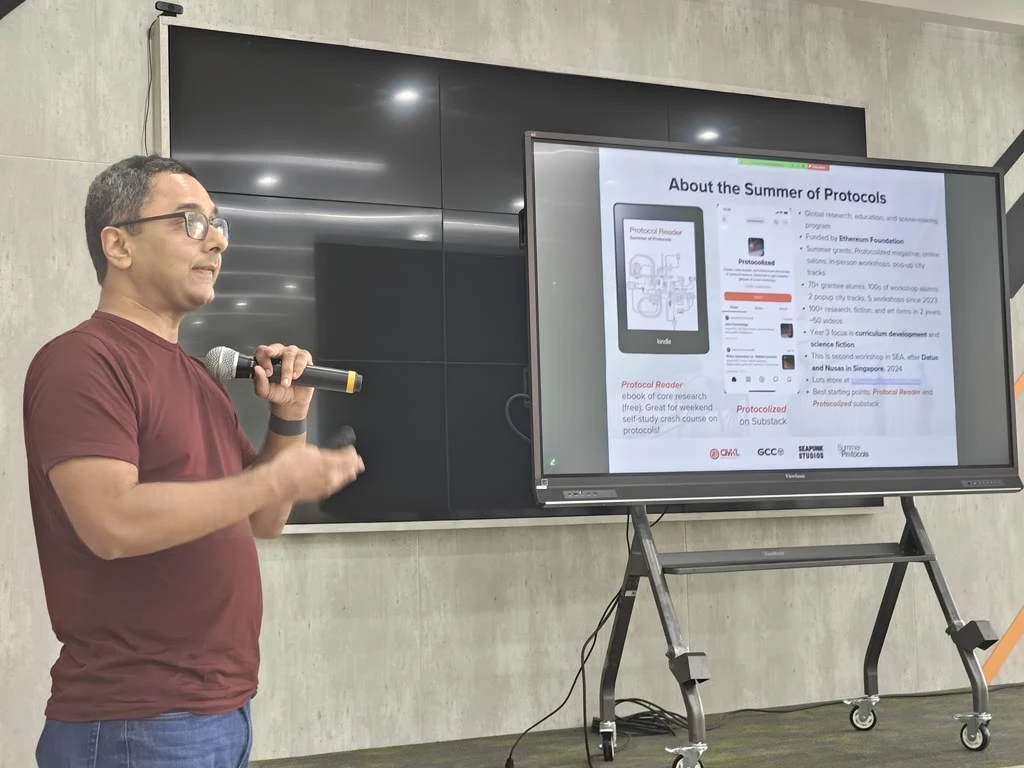
In practice, the workshop became a fascinating collision of diverse disciplines. Ethnographers chatted with crypto-economists, philosophers mingled with AI researchers, artists exchanged insights with technologists, and everyone collectively dove head-first into the complexity of real-world coordination challenges. This produced a rare confluence with conversations looped between blockchain consensus algorithms, the nature of Knightian uncertainty, Wittgenstein's language games, Balinese irrigation rituals, game theory mechanics, existential tail-risk, Buddhist awareness and cybernetic feedback loops. It reaffirmed our experience that the world is composed of interconnected protocols, and that systems thinking is a fundamental tool to understand how the reality of our vast socio-technical systems actually works, beyond ideological simplicities and superficial narratives.
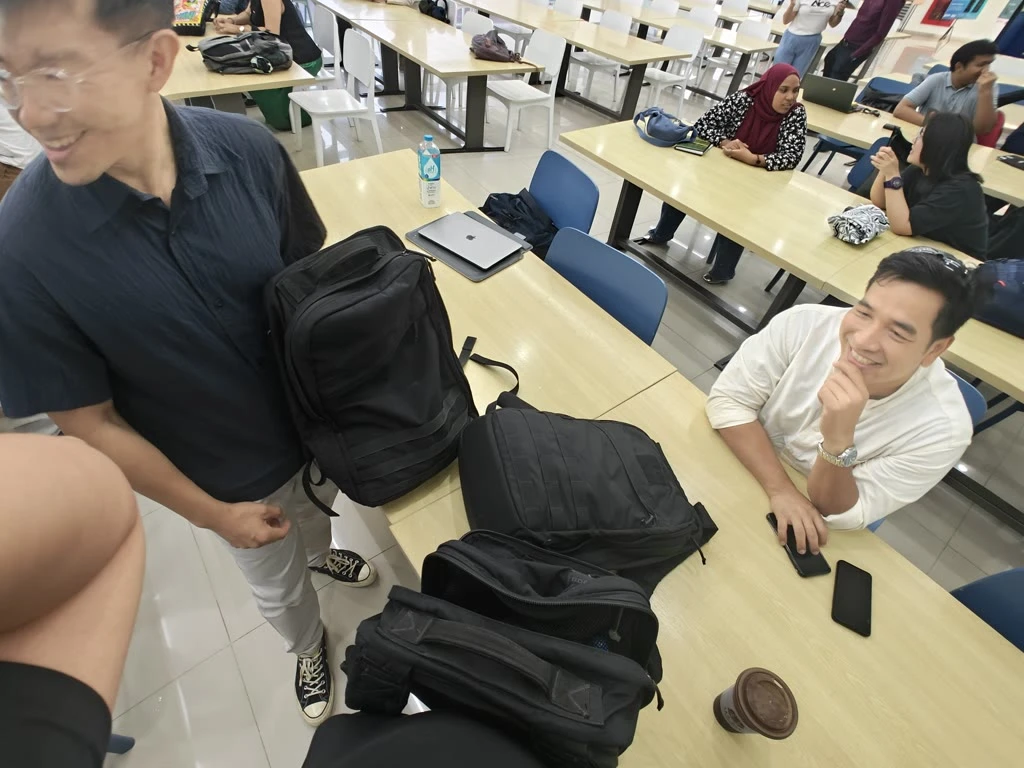
In a time when societies globally are building higher walls to protect themselves from chaos, here was a group deliberately seeking out the edge of chaos. Instead of running away, participants leaned in. Instead of holding onto ideological purity, participants listened. And this is where genuine coherence happens, not in perfect agreement, but in a mutual willingness to find connection amidst differences.
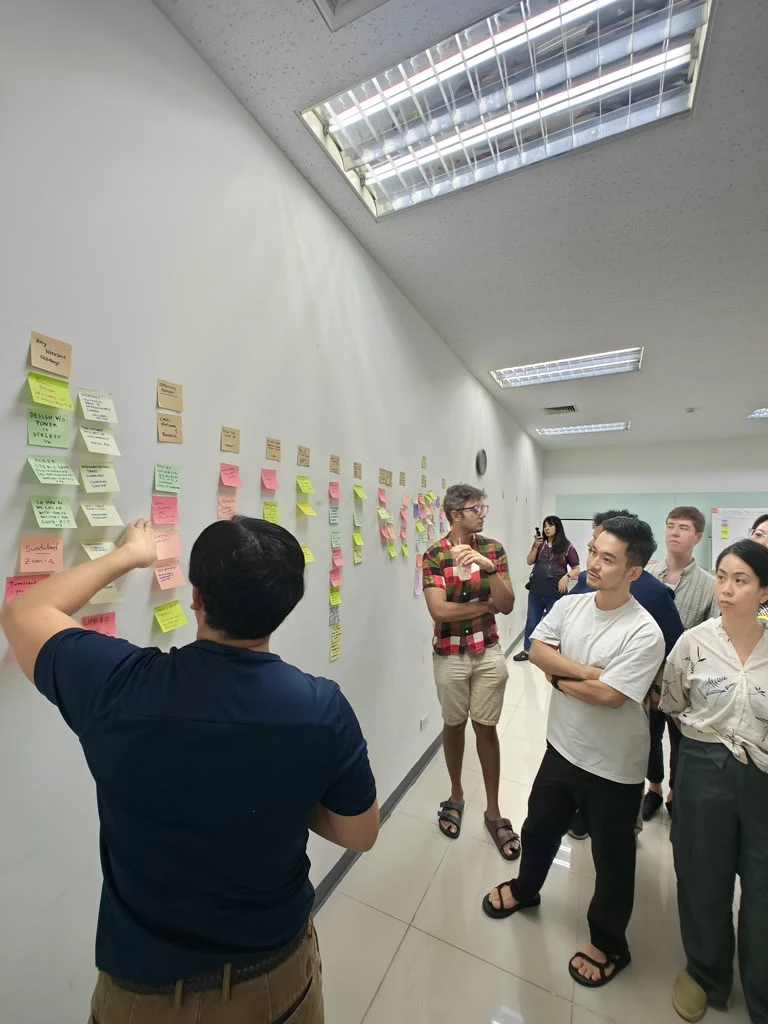
Reflecting on the experience, these are some key insights that deeply resonated with me:
1. Policy optimizes Legibility for Simplicity, But Reality is often Highly Complex
Effective policy requires a clear understanding (legibility) of the system it governs. Without it, symbols disconnect from reality. This is the world James C. Scott describes in The Art of Not Being Governed, where states constantly try to make complex, organic societies legible to better tax and control them. The Balinese subak system is the perfect counterexample. For centuries, its adaptive, self-organizing nature was inherently illegible to outsiders. When the "Green Revolution" imposed a legible, top-down agricultural model, it shattered this delicate balance, leading to "chaos in irrigation and devastating losses from pests." The lesson is that true understanding requires embracing complexity, not forcing simplicity upon it.
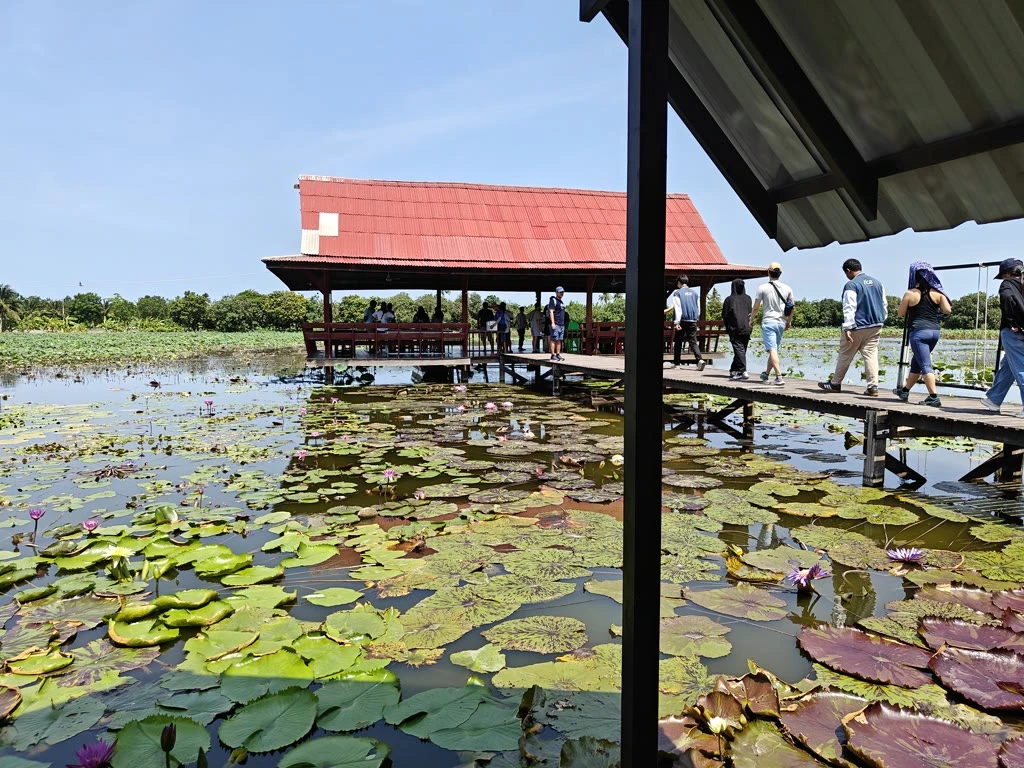
2. Coordination Without Full Coherence is the Only Way to Scale
The idea that everyone needs to be on the same page to cooperate is a fallacy. The Subak system demonstrates clearly that effective coordination does not require absolute agreement or perfect centralization. Instead, adaptive, local rituals and distributed knowledge drive the entire network toward optimal conditions. Coordination emerges naturally, not through forcing everyone onto a single "global blockchain" of understanding, but through conscious, intentional shards of understanding—much like validator nodes in a distributed network.
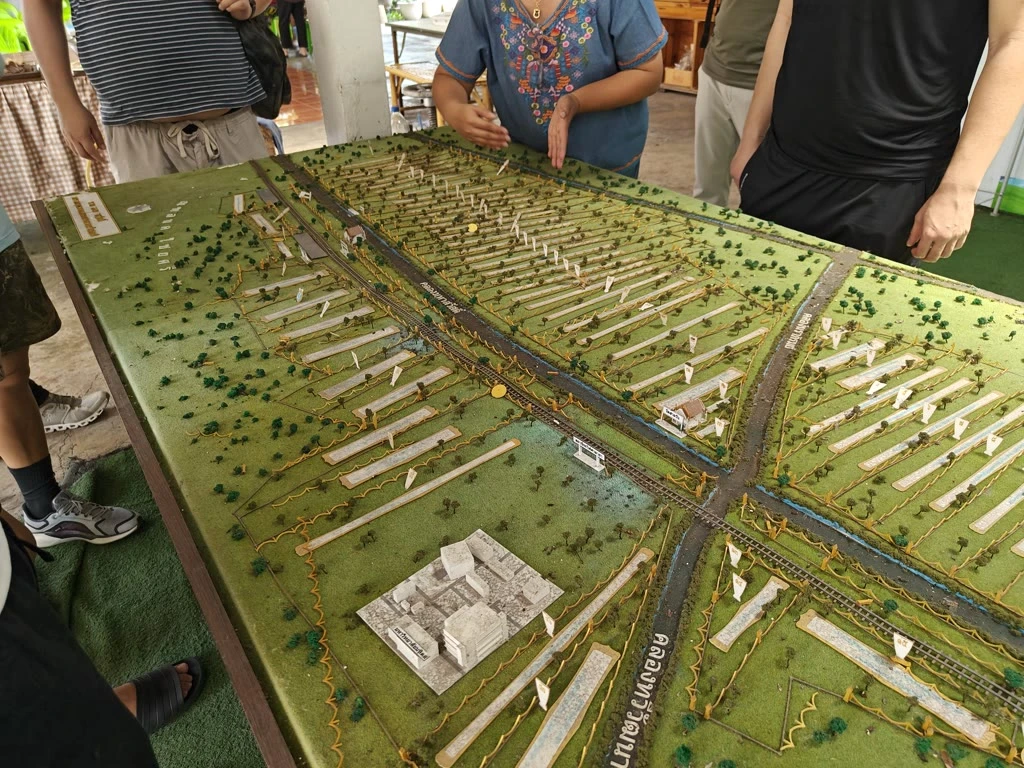
3. The Principal-Agent Problem is the Original Alignment Problem
Aligning the incentives of individuals (agents) with the goals of a collective (the principal) is the fundamental challenge of any organization, whether human or artificial. The Subaks are a masterclass in solving this. Through a combination of shared economic incentives (maximizing harvests), ritualistic commitment, and social pressure, they align hundreds of farmers into a cohesive unit. This provides a powerful historical analog for modern crypto-economic design and the AI alignment problem.
4. Crypto-Economic Experiments enable Real-World Testing of Economic Theories
Economists have dreamed of field-testing theories for decades, and crypto-economics now provides the lab. The workshop affirmed my belief that crypto-economic experimentation is the frontier for innovation in governance and economics. The next Nobel Prize in Economics might just come from the ecosystem of decentralized autonomous organizations.
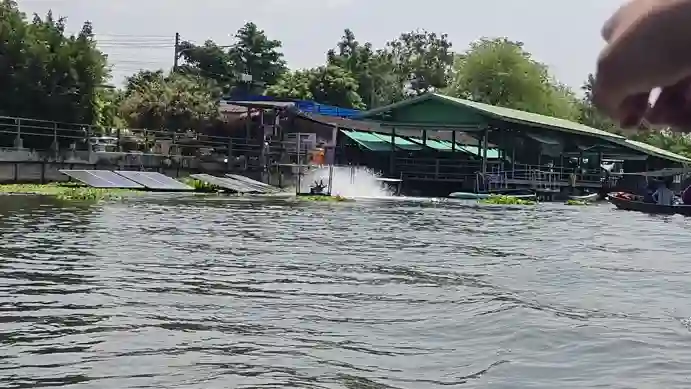
5. Narrative and Meaning Engineering is Society's Operating System
Contradictions within societal narratives signal latent incoherence that can lead to rupture. Narrative engineering, like the kind we attempted at this workshop, helps societies consciously resolve contradictions before rupture occurs. It’s a proactive maintenance for the societal OS.
6. Rupture is Where Agency Thrives
Every rupture, every symmetry break, is an opportunity to build new meaning. However, seizing this moment demands real agency and a deep understanding of the dynamics that held the previous system together. Rupture without understanding leads to chaos, but rupture with agency leads to renewal.
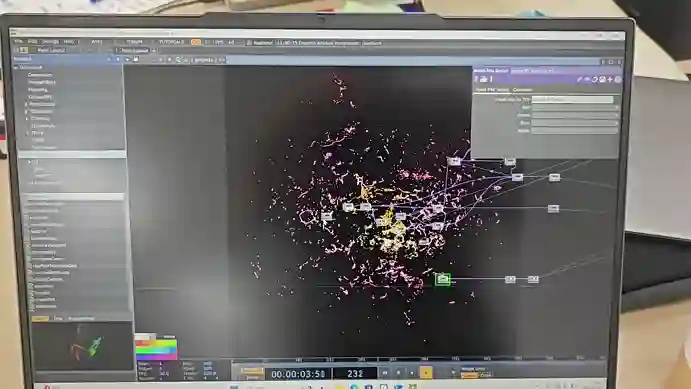
7. Our Meaning Architectures are Inherited but Malleable
Our social consensus mechanisms aren't fundamental, they're socially constructed and adaptable, influenced by incentives and structures. Human behavior is more flexible than we realize, yet agency remains our most resilient spark.
8. History Holds Actionable Protocols, Not Just Stories
Thai Khlongs and Balinese Subaks aren't just fascinating stories; they're living examples of sociocultural and governance infrastructure. Their wisdom isn't in the tale but in the practical protocol that has functioned for generations. These are living blueprints for decentralized resource allocation and conflict resolution.
9. Daoist Insight: "The Low Lands Over the High Lands."
Water flows to the lowest point, where life and nutrients gather. The workshop felt like this Daoist principle made manifest: a conceptual "low-land," fertile ground where different streams of thought and expertise flowed together. The purpose wasn’t domination by one perspective but relational coherence for all perspectives.
10. Narrative Consensus is Slow, Methodical, and Necessary
In a world enamored with speed, the deepest and most resilient shifts come slowly. Building new narratives is painstaking and deliberate work. There are no shortcuts, only patient, continuous engagement with complexity.
11. AI is a Coherence Engine. Hallucinations are Features, not Bugs.
One unexpected insight was re-framing AI's hallucinations as necessary functions rather than defects. They reveal latent connections within concept-space, surfacing hidden coherence. AI's power as a coherence engine lies precisely in its ability to hypercut through the n-dimensional space of meaning.
Airloom: A Protocol for Intentionality
The synthesis of these insights led not to a whitepaper, but to a new technical and social artifact that we call the Airloom (AI + Heirloom). It addresses a fundamental gap in our current technology stack: the inability to encode, transmit, and steward intention over time.
Where an NFT provides verifiable proof-of-ownership and a digital twin models state and performance, the Airloom provides verifiable proof-of-meaning. It is a protocol designed to anchor the telos, the purpose, spirit, and narrative intent, of a system into a non-fungible, real-world artifact or place.
Functionally, an Airloom is a cybernetic system that bridges the physical and digital through three components:
- The Vessel: A unique physical object or demarcated geographical space. This is the tangible anchor: a carved artifact, a specific tree in a forest, a foundational stone in a building. Its non-fungibility is based in physical reality.
- The Sensorium: A suite of sensors and data oracles that capture relevant information about the Vessel and its context. For a forest Airloom, this could be IoT sensors monitoring soil health and biodiversity. For an institutional Airloom, it could be oracles tracking on-chain governance decisions and off-chain community sentiment.
- The Anima: A specialized AI model that acts as the guardian of the Airloom's
meaning. The Anima's role is not just to process data, but to interpret it in
the context of the system's founding charter or stated intention. It performs
two key functions:
- Conservation: It serves as a living archive, weaving sensor data, oral histories, and documented events into a persistent, evolving narrative. This memory extends beyond human lifetimes.
- Adaptability: It monitors for "intentional drift", actions or environmental changes that deviate from the Airloom's core purpose. By surfacing these deviations, it acts as a Schelling point for stewardship, prompting the community (the stewards) to either correct course or consciously evolve the original intention.
The Airloom, therefore, gives a system presence and memory. It creates a feedback loop between a community's actions and its stated purpose, making its constitutional principles legible and actionable.
By anchoring this AI-powered intentionality in a physical object, the Airloom protocol resists pure digital abstraction. It is a direct counter-proposal to technology that alienates us from our environment. It is an infrastructure for encoding the priceless, stewarding the sacred, and enabling conservation and adaptation across generations. This is the pivot from crypto-economics to meaning-tech: a stack for engineering our values directly into the world.
A Protocol for Generating New Protocols
Looking back, workshops like the Khlongs and Subaks ended up being a protocol for generating new protocols. A strange attractor, pulling disparate elements of our world into a coherent shape. It reaffirmed what I’ve always sensed deeply: the profound interconnectedness of everything, and how the subtle interactions at the edge of chaos are where new worlds begin.
If you're wired to think this way: systems-thinking, recognizing fractal patterns across diverse contexts, unafraid of complexity and contradiction, you might just find your tribe here.
